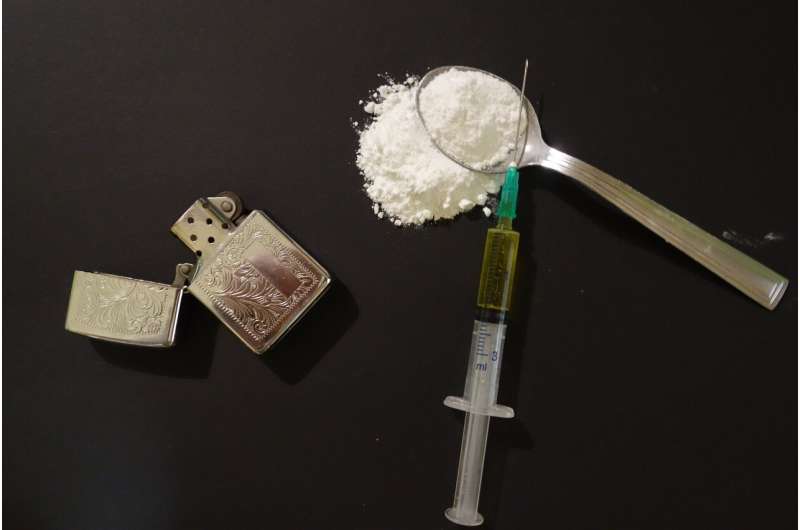Speedballing: Addressing the Dangerous Union of Stimulants and Opioids in Modern Public Health

Speedballing, the hazardous combination of stimulants and opioids, has become a leading cause of overdose deaths in the U.S. Public health initiatives focused on awareness, treatment, and harm reduction are critical to tackling this evolving crisis.
Speedballing, the practice of combining stimulants like cocaine or methamphetamine with opioids such as heroin or fentanyl, has transitioned from a niche subculture to a significant public health crisis. Historically emerging in the early 1900s, notably among World War I soldiers treated with a mixture of cocaine and morphine, this dangerous practice has evolved into a widespread issue. Once associated with famous figures such as John Belushi, River Phoenix, and Chris Farley, speedballing has now become a leading cause of overdose deaths in the United States, particularly since the 2010s.
The practice involves users seeking both the euphoric rush provided by stimulants and the calming effects of opioids. However, the increased potency of substances like fentanyl—often mixed unknowingly with cocaine or meth—has substantially heightened the risk of fatal overdoses. Nationwide, overdose deaths involving both stimulants and fentanyl have surged over 50 times since 2010, constituting the fourth wave of the opioid epidemic, worsened by a contaminated and toxic drug supply.
Physiologically, speedballing is extremely risky. Stimulants accelerate heart rate and increase blood pressure, while opioids depress respiratory functions. The simultaneous occurrence of these effects can lead to respiratory failure, cardiac arrest, and death. Users are more than twice as likely to die from a overdose when combining these substances. Beyond physical health, mental health is also compromised, with increased instances of anxiety, depression, paranoia, and cognitive impairment.
Harmful cardiovascular events, such as hypertension, heart attacks, and strokes, are common outcomes of speedballing. The combination places tremendous strain on the heart and vascular system, escalating the danger.
To combat this crisis, public health efforts should focus on raising awareness of the risks associated with speedballing. Educational campaigns about the dangers of combining stimulants and opioids can inform at-risk populations. Furthermore, improving access to treatment for stimulant use disorder—characterized by persistent and problematic stimulant consumption—is crucial. Treatments for substance use disorders remain underfunded and less accessible for stimulants compared to opioids.
Harm reduction strategies like widespread distribution of fentanyl test strips and naloxone—an opioid overdose reversal medication—are essential. These measures enable users to identify contaminated drugs and prevent overdose deaths. Community organizations and healthcare providers play a vital role in implementing these interventions to curb fatalities and improve overall community health.
Stay Updated with Mia's Feed
Get the latest health & wellness insights delivered straight to your inbox.
Related Articles
Scientists Uncover Microglia’s Role as Project Managers of Brain Immunity
New research uncovers the essential role of microglia and MAVS signaling in coordinating immune responses against viral infections in the brain, offering promising insights for future therapies.
New Insights into the Tumor Microenvironment's Role in Nasopharyngeal Carcinoma Progression
Recent research uncovers the pivotal role of the tumor immune microenvironment in the progression of nasopharyngeal carcinoma, paving the way for personalized treatment strategies.
Clarifying Risks and Benefits of Acetaminophen in Pregnancy Amid Misleading Information
Conflicting messages about acetaminophen use during pregnancy have led to confusion among expectant parents. Expert guidance affirms its safety when used appropriately, emphasizing the importance of managing fever and pain to protect maternal and fetal health. Learn the facts backed by research and medical consensus.
Understanding Urinary Incontinence in Men: Causes, Types, and Treatments
Learn about the causes, types, and available treatments for urinary incontinence in men, including surgical options like male urethral slings and artificial sphincters.



